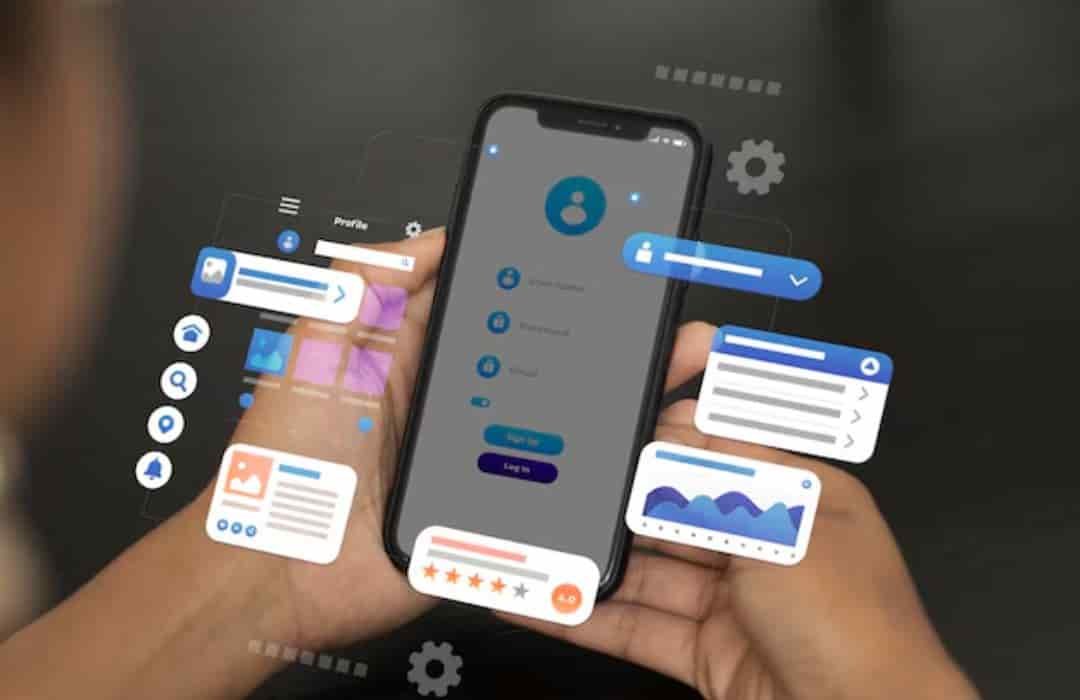
In the fast-paced world of digital marketing, providing timely, personalized, and effective customer service is more important than ever. As consumer expectations evolve, businesses are turning to chatbots and automation to keep up with the demand for real-time engagement, increased accessibility, and personalized experiences. By combining these technologies, businesses can engage customers more efficiently, reduce response times, and enhance overall satisfaction.
In this article, we’ll explore how chatbots and automation can be leveraged to skyrocket your customer engagement, improve user experiences, and ultimately drive business growth.

1. The Power of Chatbots in Customer Engagement
Chatbots have revolutionized the way businesses interact with customers. With their ability to simulate human conversation, chatbots can provide instant, round-the-clock responses, ensuring that customers always have access to the help they need, no matter the time or day.
a) What Makes Chatbots So Effective?
Chatbots are AI-powered tools designed to communicate with users through text or voice. They can handle a wide range of tasks, from answering FAQs to guiding users through the purchase process, all while offering a highly personalized experience.
- Why It Works: Chatbots are able to interact with users in a human-like way, offering fast responses and personalized experiences based on data. By answering common questions, guiding users through complex processes, and recommending products, chatbots increase user engagement without requiring human intervention.
b) Enhancing Customer Support with Chatbots
One of the most effective ways to use chatbots is for customer support. Chatbots can answer frequently asked questions, troubleshoot common issues, and even provide links to resources like knowledge bases or product manuals.
- How to Use This: Implement a chatbot on your website, social media channels, or in your mobile app to provide instant customer support. Set up automated responses for common queries like order status, account details, or product information.
- Why It Works: Chatbots provide immediate responses, reducing the need for customers to wait for email replies or call center support. This quick resolution improves customer satisfaction and keeps engagement high.
c) Personalizing Customer Interactions
Chatbots can be programmed to offer personalized recommendations based on past interactions, purchase history, or browsing behavior. This allows businesses to create more tailored experiences for customers.
- How to Use This: Use chatbots to recommend products or services based on customer preferences. For instance, if a customer has previously purchased a pair of shoes, the chatbot can suggest related accessories or new arrivals in their favorite category.
- Why It Works: Personalization drives engagement by making customers feel understood and valued. A chatbot that remembers previous interactions and suggests relevant products fosters a deeper connection with the customer.
2. Automation in Customer Engagement: Streamlining Processes and Improving Efficiency
Automation is a game-changer when it comes to engaging customers at scale. By automating repetitive tasks, businesses can free up valuable time to focus on higher-priority activities, all while ensuring that customers receive consistent, timely communication.
a) Automating Customer Onboarding
One of the first steps in customer engagement is ensuring a smooth onboarding process. Automation can streamline this process by sending welcome emails, providing instructions, and guiding customers through setting up their accounts or using products.
- How to Use This: Set up an automated welcome email series that guides new customers through the onboarding process. Include links to tutorials, FAQs, and resources to help them get the most out of their purchase or subscription.
- Why It Works: A well-structured onboarding process enhances the customer experience, making it easier for them to engage with your product or service. Automation ensures new customers receive timely and helpful information.
b) Drip Campaigns and Nurturing Leads
Automation allows businesses to send drip email campaigns that nurture leads over time. These automated campaigns deliver valuable content, offers, or updates based on where the customer is in the sales funnel.
- How to Use This: Create automated email workflows that provide a series of emails designed to nurture leads. For example, an e-commerce site could send product recommendations, reviews, or discount codes to users who have shown interest but haven’t made a purchase yet.
- Why It Works: Drip campaigns engage customers with relevant content, increasing the chances of conversion. Automation ensures these messages are sent at the right time, without requiring manual input.
c) Retargeting and Abandoned Cart Automation
Automated retargeting is another powerful way to increase customer engagement. By using customer behavior data, businesses can automatically target users who have shown interest but haven’t completed an action, such as making a purchase.
- How to Use This: Implement automated retargeting ads or email reminders to reach customers who have abandoned their shopping carts or browsed specific products. Send them a reminder with a special offer or product update.
- Why It Works: Retargeting encourages customers to return and complete their transactions, increasing conversion rates. Automation ensures timely follow-ups without requiring manual intervention.
3. Integrating Chatbots and Automation for Seamless Customer Journeys
The true power of chatbots and automation lies in their ability to work together, creating a seamless, efficient customer journey. By integrating chatbots with automated workflows, businesses can create a frictionless experience that guides customers through every stage of their interaction with the brand.
a) Chatbot and Email Automation Integration
Combine chatbots with email automation to ensure a smooth handoff between different customer touchpoints. For example, after a chatbot resolves a customer query, you can use automated email follow-ups to provide additional resources or offers.
- How to Use This: After a customer engages with your chatbot, trigger an automated email with personalized product recommendations, exclusive discounts, or helpful guides based on the chatbot conversation.
- Why It Works: This seamless transition from chatbot to email ensures customers receive continuous engagement, which enhances their overall experience and encourages further interaction with your brand.
b) Automated Feedback Collection
Automate the collection of customer feedback through chatbots. After a transaction or support interaction, a chatbot can automatically prompt customers to share their experience, providing valuable insights into how your business is performing.
- How to Use This: Set up your chatbot to ask for feedback after each interaction, whether it’s a product purchase or customer service inquiry. Use the feedback to improve your processes and identify areas for improvement.
- Why It Works: Collecting feedback automatically helps you stay on top of customer sentiment without needing to rely on manual surveys or post-purchase emails. It also shows customers that you value their input and are continuously improving.
4. The Future of Chatbots and Automation in Customer Engagement
As AI technology evolves, chatbots and automation will continue to improve, providing even more sophisticated and personalized experiences for customers. In 2025, we can expect chatbots and automation to:
- Provide Voice Interactions: Voice-powered chatbots will become more common, allowing customers to interact with brands using voice commands, providing a hands-free, efficient experience.
- Offer Predictive Customer Support: AI will enable chatbots to anticipate customer needs based on past behavior, offering proactive support before a customer even reaches out.
- Integrate with More Platforms: Chatbots and automation will integrate seamlessly across more platforms, such as social media, mobile apps, and voice assistants, creating a unified experience across all touchpoints.
Why It Works: These advancements will make customer engagement even more efficient, personalized, and seamless, leading to higher satisfaction and stronger customer loyalty.
Conclusion: Supercharging Customer Engagement with Chatbots and Automation
Chatbots and automation are essential tools for businesses looking to enhance customer engagement in 2025. By providing real-time responses, automating repetitive tasks, and personalizing experiences, businesses can increase efficiency, improve customer satisfaction, and drive conversions.
By implementing chatbots and automation in your customer service and marketing strategies, you can create a seamless, responsive, and personalized experience that keeps customers coming back. The future of customer engagement is digital, automated, and intelligent—and businesses that embrace these technologies will lead the way.

